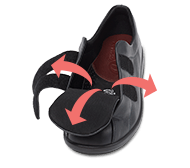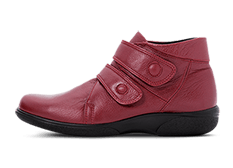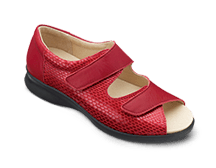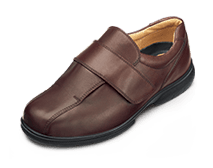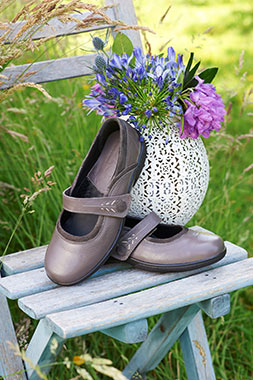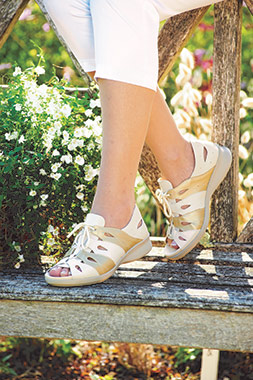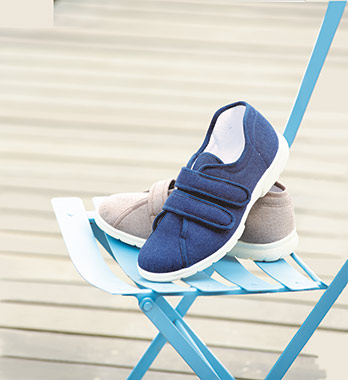Oedema & Lymphoedema
What are Oedema and Lymphoedema?
Oedema, also known as dropsy, is the medical term for fluid retention in the body. The build-up of fluid causes affected tissues to become swollen. The swelling can occur in one particular part of the body - for example, as the result of an injury - or it can be more general. Oedema can occur anywhere in the body but it's most common in the feet and ankles, where it is known as peripheral oedema.
Lymphoedema is a common cause of fluid build-up in the body's tissues. It occurs when the lymphatic system is damaged or disrupted. Lymphoedema can occur in any part of the body, but is most likely to affect an arm or a leg. The lymphatic system is a series of glands (lymph nodes) around the body connected by a network of vessels similar to blood vessels. Fluid surrounding body tissues usually drains into nearby lymph vessels so it can be transported away and back into the blood. However, when the fluid cannot drain away in a normal way, the lymphatic system becomes overloaded and fluid builds up between the tissues and causes swelling.
Shoes suitable for people with Oedema or Lymphoedema
Ladies
Men's
Why do we get Oedema or Lymphoedema?
Oedema is often the result of an underlying condition. The possible causes are numerous, but can include arthritis, diabetes, heart failure, thyroid disease, liver or kidney disease, lung disease and various medications. Additionally, when oedema occurs in the legs, it may be caused by thrombophlebitis, a blood clot, varicose veins or the presence of a cyst.
There are two main types of lymphoedema: Primary lymphoedema, which develops at birth or shortly after puberty and is associated with faulty genes and Secondary lymphoedema, which is caused by damage to the lymphatic system as a result of an infection, injury or cancer. Secondary lymphoedema may develop as a side effect of cancer treatment. Surgery is often necessary to remove lymph glands to prevent a cancer from spreading which can damage the lymphatic system. Both conditions can also be exacerbated by being immobile for long periods of time.
How can extra wide footwear help?
Since both conditions can result in stiff joints, aching and tender limbs and swollen feet, legs and ankles, the selection of appropriate footwear is key. Moderate exercise can help both of these conditions, so making sure that shoes are the correct fit, style and size for your feet is very important. It is better to wear a shoe which gently covers the foot, offering an even compression over the top of the foot, therefore preventing swelling down into the foot. Look for shoes and house shoes that offer easy access. Stretchy shoes that are wide-fitting can be a perfect solution, especially when they are seam-free. Similarly, wide-fitting styles that have easy, soft touch fastenings or lace ups can offer comfort and stability to the oedema sufferer. It is better to not wear a low cut 'court' style shoe with oedema.
We offer some of the widest, deepest fitting footwear available with many styles available in 6E, 6V or 8E fittings. We are not aware of any other main stream manufacturer making any shoes in a fitting as wide and deep as our 8E fitting.
Non-binding socks are also widely available for oedema sufferers. Generally, they are extra wide, extra deep, cotton-rich socks which are 100% free of elastic.
You might wish to visit a gold star stockists or podiatrist who will examine and measure your feet, give you expert advice about the most suitable footwear for you and put your mind at rest.
If for any reason having received your shoes they are not comfortable or do not meet your needs please talk to our customer services team who can give you further help (ring +44 (0)1933 359217 Mon - Fri 9am - 5pm) or return the shoes using our FREE returns service to get an alternative size / fitting.
Disclaimer: This information is of a general nature and should not be taken as a diagnosis. All questions and concerns should be directed to your Doctor, Podiatrist or other health advisor.
